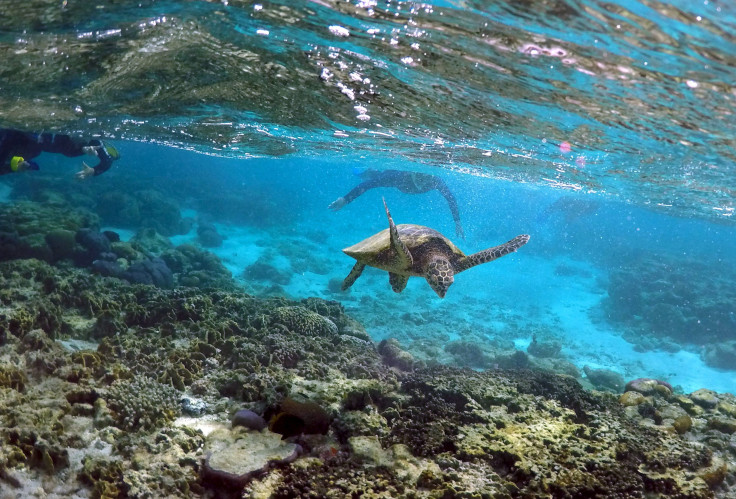Green turtles of Australia’s Great Barrier Reef to be saved by world-first Townsville research centre

New Townsville research centre has its focus on the endangered green turtles. Scientists opened the centre in Queensland to unravel the mysteries of green turtles and also put an end to their high mortality rates. Physiology of green turtles of Australia’s Great Barrier Reef plays a big role in protecting the reef’s ecosystem. However, little is known about their physiology.
Associate professor Ellen Ariel of James Cook University and her team of six PhD students are now focusing on finding out what makes the endangered green turtle sick. There were a lot of turtles that came in sick after the cyclone Yasi. No one knew how to diagnose and treat them. Many of the turtles died.
Ariel said it is extremely difficult to diagnose the reason why an animal is sick if one does not know what it looks like when it’s healthy. Therefore, the researchers are looking at healthy turtles to find out what constitutes a healthy turtle. The researchers will be able to examine the turtles in near-natural conditions with this world-first research facility at Townsville’s James Cook University. The research may save the green turtles of the Great Barrier Reef.
The facility will let the experts know why the turtles are falling sick and how to treat them. PhD candidate Karina Jones is focusing on turtles with tumours. The research is significant as it is very difficult to understand “what’s going on with turtles that are sick.”
“To be able to bring them back into a world-first facility that you can actually study them under controlled conditions and try to understand what's happening is a unique opportunity and probably a real benefit for the Great Barrier Reef's animals,” Great Barrier Reef Marine Park Authority (GBRMPA)’s Mark Read told the ABC.
The centre is officially opening on Tuesday and has been funded by donations. The second stage of construction will start later this year. It currently hosts 40 baby turtles that were saved in February from hungry seabirds on Heron Island. The research facility will work closely with government authorities, scientists from around the world and GBRMPA.





















